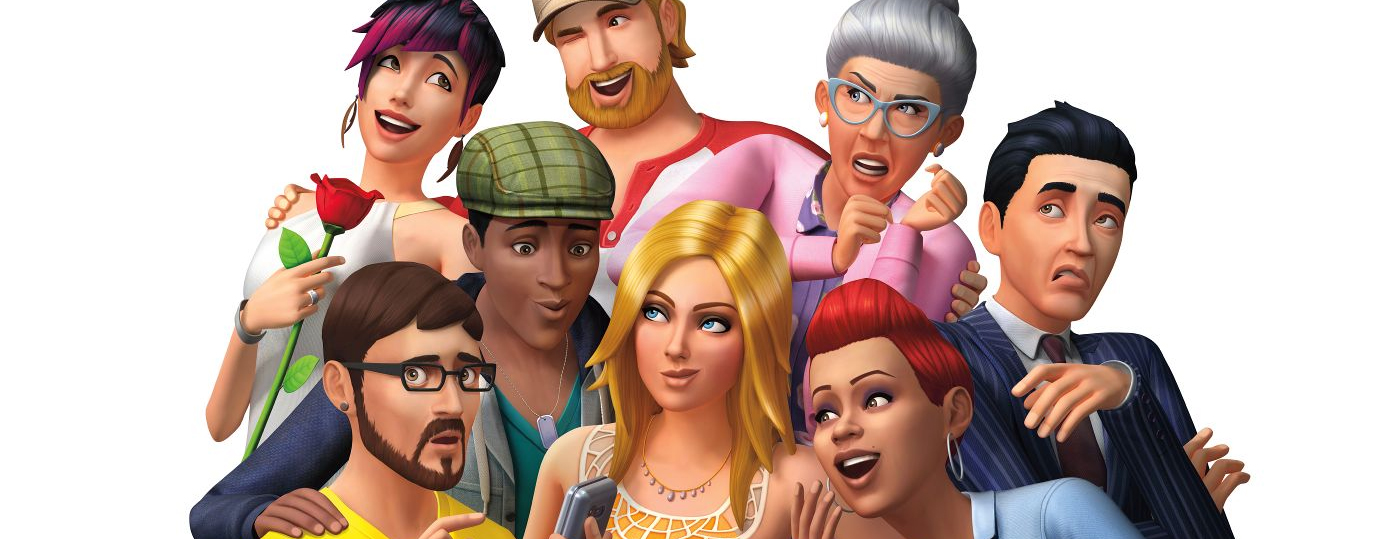

Pretty much everything you would expect to be able to do – building your Sim’s careers, managing their love interests, getting married, having kids – is on the table. Alternatively, you can jump between controlling different households and manage the whole town. You can play as just a single household, or a single person if you wish. Oh, and who wets themselves in public because they’re too dumb to use the toilet, of course. It’s fun to see who sets fire to their own house while cooking bacon, and whose kids turn out to be an absolute nightmare. Alternately, you can do what everybody else does (but usually won’t admit) and put pretty accurate representations of your friends and family into your world. As you run through the initial steps of naming your first character, styling their features, setting their life goals and psychological traits, you’ll realize that you can create an entire fantasy world from scratch. You start with an almost blank palette, so you can create as many characters as you like to serve as the players on your virtual stage. The main thing to bear in mind is that the input problems don’t get in the way of the game itself, which is – as you’d hope and expect – an addictive experience that has the potential to eat up many hours and days. Things become more comfortable and start to feel more natural, even if there are still times when you’ll be tripped up. Unlike earlier console versions though, it does get better the more you play. This leads to confusion every once in a while that only serves to remind you that you’re playing a game that was initially designed to be played with a mouse.

Some items in a menu can flick you into this mode, whereas others in the very same menu (or in a menu that looks like it should work the same way) don’t. Now, that would be fine if it was predictable, but it isn’t. When this happens, the cursor disappears, and you need to press the B button to get back to where you were. But, then there are times where selecting an option will suddenly tie you into a traditional selection system where you’re jumping between items as if they’re in a list. Navigation is primarily handled with a cursor controlled by the analog sticks, and while the cursor speed isn’t particularly great for accuracy, it works. At first glance, it seems as if the Xbox One version falls foul of the issues which plagued the previous ports. That hope lasts for about 10 minutes after you boot The Sims 4 up. The various console ports have been hit and miss – generally due to the different attempts at trying to convert the mouse-based inputs to work with a controller – but this time around – as is always the case – there’s renewed hope that EA has managed to get it right. Sure, the likes of FIFA and Call of Duty are pretty much everywhere these days, but there are an awful lot of players outside of the folks who play those annually who would consider The Sims to be their one gaming vice. If there’s one franchise that has crossed into the mainstream in the last decade, it’s The Sims.


 0 kommentar(er)
0 kommentar(er)
